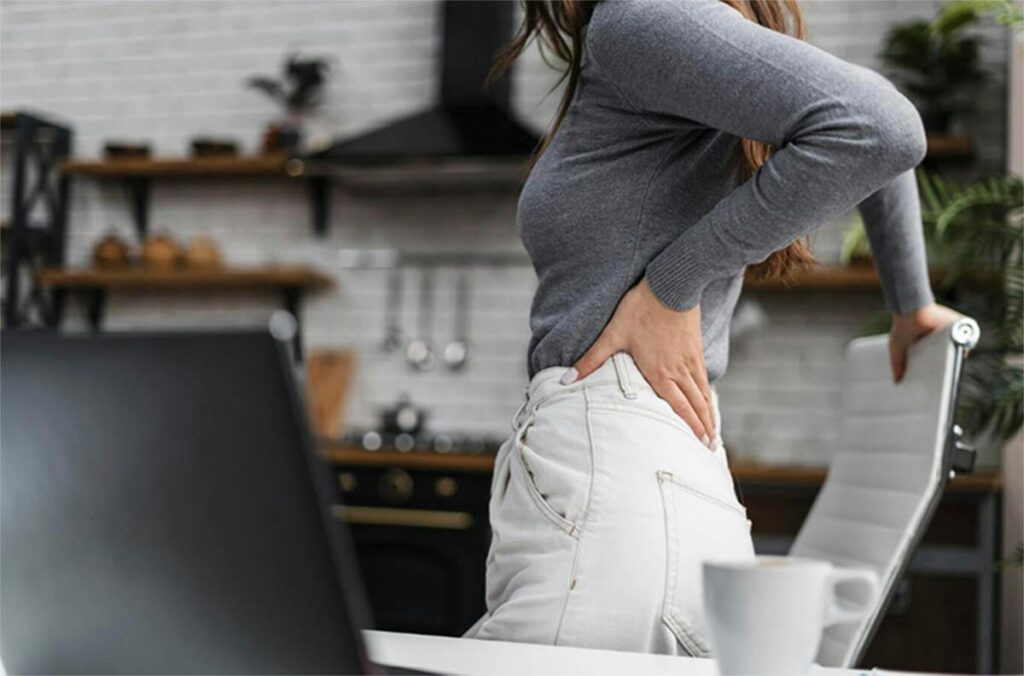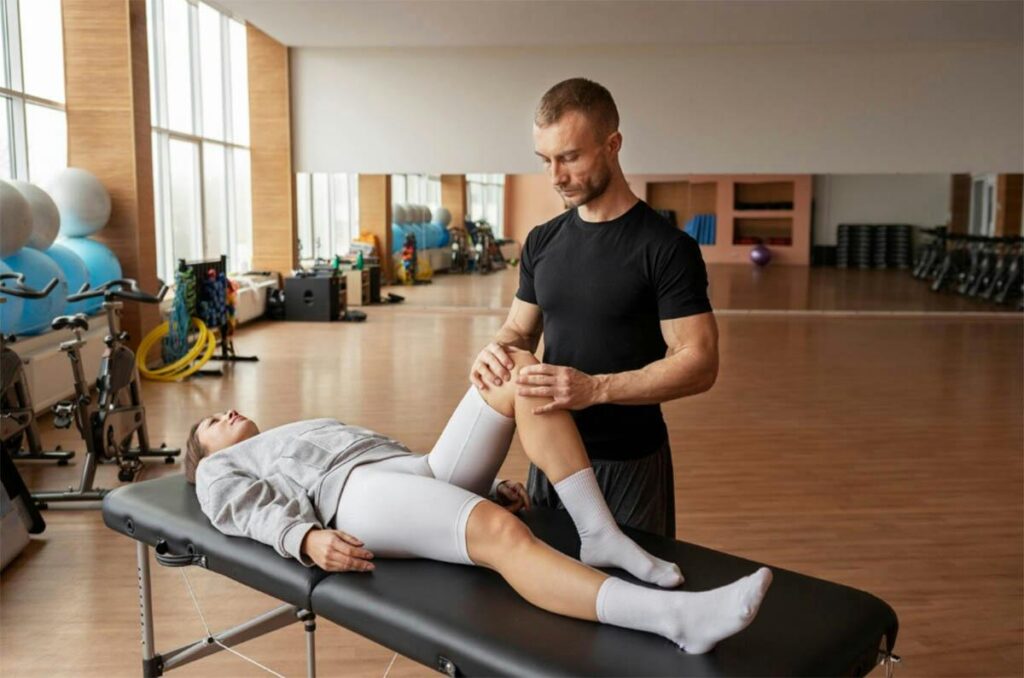Introduction
Experiencing pain on the outside of the hip can significantly impact your daily activities, from walking and running to simply resting comfortably. This type of pain, often persistent and nagging, can have various underlying causes. As a Doctor of Physical Therapy, I aim to shed light on these potential causes and provide practical solutions to alleviate discomfort, enhance mobility, and prevent future occurrences.
Understanding the Causes
Pain on the outside of the hip is commonly associated with several conditions, each requiring a specific approach for effective management and resolution.
- Trochanteric Bursitis: Inflammation of the bursa (a fluid-filled sac near the hip joint) leading to sharp or burning pain.
- Tendinopathy: Degeneration or inflammation of the tendons around the hip, often due to overuse or strain.
- Iliotibial Band Syndrome (ITBS): Tightness or inflammation of the iliotibial band (ITB) running from the hip to the shin, common in runners and cyclists.
- Hip Labral Tear: Damage to the cartilage surrounding the hip socket, potentially causing stiffness and discomfort.
- Gluteal Tendinopathy: Inflammation or tears in the gluteal tendons, causing pain and weakness in the hip.
Solutions for Alleviating Hip Pain
Managing pain on the outside of the hip involves a combination of rest, targeted exercises, and lifestyle adjustments to address the specific cause and prevent aggravation.
Immediate Relief Strategies
- Rest and Ice: Initial rest and applying ice can help reduce inflammation and pain.
- Pain Medication: Over-the-counter anti-inflammatory medication may be used to manage pain, following healthcare advice.
Physical Therapy and Exercises

Physical therapy plays a crucial role in treating hip pain, offering tailored exercises and techniques to strengthen the hip, improve flexibility, and reduce tension.
- Stretching Exercises: Gentle stretching of the hip, thigh, and IT band can relieve tightness and improve range of motion.
- Strengthening Exercises: Building strength in the hip abductors, glutes, and core can support hip stability and reduce strain on the affected area.
- Manual Therapy: Techniques such as massage and mobilization performed by a physical therapist can help alleviate pain and improve hip function.
Lifestyle and Activity Modifications
- Proper Footwear: Wearing supportive shoes that fit well can reduce stress on the hips during activities.
- Activity Adjustment: Temporarily modifying exercise routines to low-impact activities like swimming or cycling can prevent further hip irritation.
- Ergonomic Adjustments: Ensure that your work and living environments support proper posture and do not exacerbate hip pain.
Advanced Treatments
For cases where conservative treatments do not provide relief, consulting with a healthcare provider may lead to consideration of advanced options such as corticosteroid injections for inflammation or surgery for structural hip issues.
Conclusion
Pain on the outside of the hip can arise from various conditions, each necessitating a tailored approach to treatment. By understanding the potential causes and implementing effective solutions, from physical therapy exercises to lifestyle changes, individuals can achieve significant relief and prevent future hip issues. Remember, early intervention and consultation with healthcare professionals are key to successfully managing hip pain and maintaining an active, healthy lifestyle.
References and Further Reading
For those seeking more detailed information on managing hip pain, numerous resources are available through healthcare institutions, physical therapy clinics, and online health platforms. Engaging with these resources, along with seeking personalized advice from healthcare professionals, can provide comprehensive support for overcoming hip pain.

